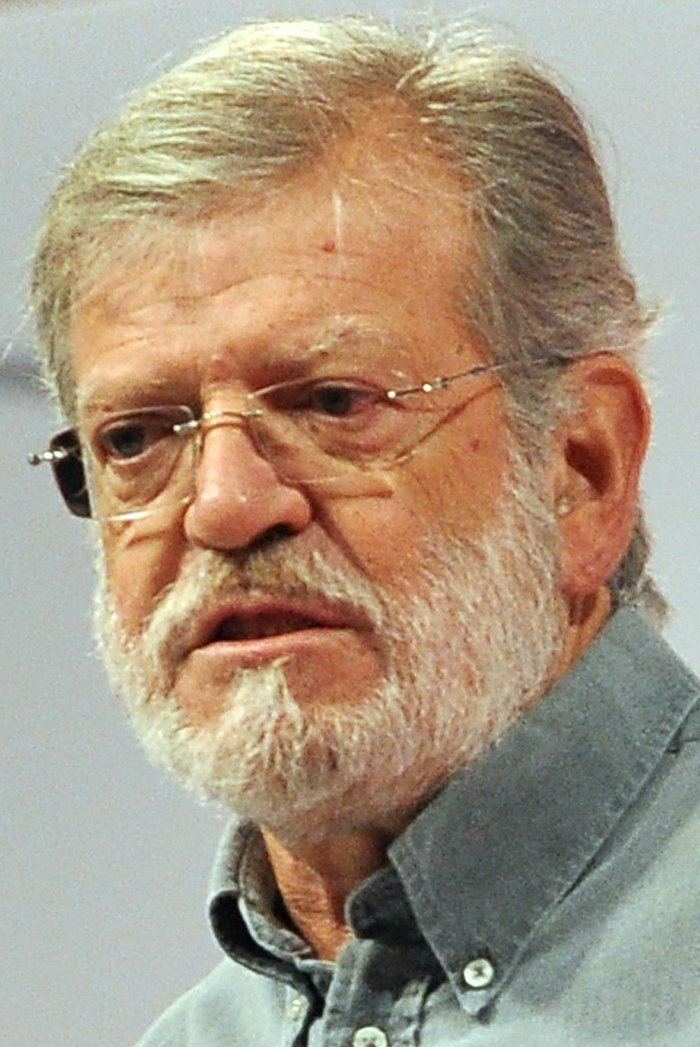13 June 1999 2003 → Turnout 650,527 (73.4%)
4.9 pp September 1993 1 October 1995 | Registered 885,753 4.7% 20 December 1982 September 1993 31 seats, 43.9% 27 seats, 39.5% | |
 | ||
The 1999 Extremaduran parliamentary election was held on Sunday, 13 June 1999, to elect the 5th Assembly of Extremadura, the unicameral regional legislature of the Spanish autonomous community of Extremadura. At stake were all 65 seats in the Assembly, determining the President of Extremadura.
The Spanish Socialist Workers' Party (PSOE) won the election, obtaining 34 seats and 48.5% of the vote. This meant that the party recovered the absolute majority it had lost in the previous election. The opposition People's Party added 1 additional seat to their 27-seat count, but remained almost static in vote terms, gaining 0.5 percentage points albeit losing 1,000 votes from 1995. United Left (IU) lost half of its seats, while the Extremaduran Coalition (CREx-PREx) was left out of the Assembly after breaking up with United Extremadura (EU), which also failed to gain any seats.
The election resulted in Juan Carlos Rodríguez Ibarra being elected President for a fifth term in office.
Electoral system
The number of seats in the Extremaduran Assembly was set to a fixed-number of 65. All Assembly members were elected in 2 multi-member districts, corresponding to Extremadura's two provinces, using the D'Hondt method and a closed-list proportional representation system. Each district was entitled to an initial minimum of 20 seats, with the remaining 25 seats allocated among the two provinces in proportion to their populations. For the 1999 election, seats were distributed as follows: Badajoz (36) and Cáceres (29).
Voting was on the basis of universal suffrage in a secret ballot. Only lists polling above 5% of valid votes in each district (which include blank ballots—for none of the above) were entitled to enter the seat distribution. Alternatively, however, if a party did not reach the 5% threshold in a district, it could enter the seat distribution on the following conditions:
